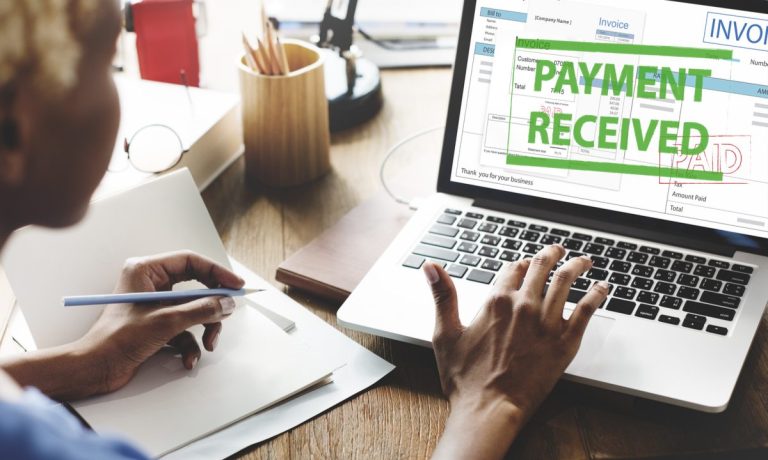
As a growing number of accounts payable (AP) and accounts receivable (AR) departments recognize the benefits of digitization, more and more are adopting B2B digital payments.
The B2B Digital Payments Tracker, a PYMNTS and American Express collaboration, reported that 80% of buyer-to-supplier transactions could be completed electronically by 2025.
Get the report: B2B Digital Payments
This reinvention of the B2B invoicing and payments spaces has been driven in part by the pandemic, PYMNTS’ data showed. B2B businesses historically have relied on outdated, inefficient paper-based processes like checks, but digitization has led them to their use of electronic and digital methods.
Freeing up Funds and Time
Digitization is a key driving force behind innovation in today’s B2B ecosystem. Businesses have grown more comfortable with making digital purchases as more of their partners shut their physical doors and take their operations online.
Businesses have also seen that virtual cards, for example, can be part of a process that enables them to add visibility and control to spend management, capture transaction details and sync them to a user’s general ledger.
Read more: Amex, Airbase Team on Automation of Accounting, Approvals for Virtual Cards
Switching from tedious manual processes to digital payments can save chief financial officers (CFOs) time and enhance workers’ productivity.
In addition, companies digitizing their B2B payments can pay vendors more quickly and can more effectively manage their cash flow, freeing up funds to help them fuel innovation efforts and promote growth. These tools also can give B2B suppliers a better idea of how they spend their money or where they obtain the bulk of their revenues.
Digitization can also help smaller companies stay competitive as more businesses operate and transact remotely. Seventy-nine percent of CFOs said the pandemic has influenced their decisions to accelerate innovation. The same pool of executives said the pandemic fueled small- to medium-sized businesses’ (SMBs’) adoption of digital service due to the need for updated payments ecosystems, such as electronic payment capabilities, and improved cash flow.
Making Waves in the B2B Space
Businesses have long been familiar with debit- and credit card-based transactions, but new, more secure electronic payment options have started making waves in the space.
Automated clearing house (ACH) transfers have experienced a particularly massive surge among B2B buyers’ transactions over the past two years, with ePayables via virtual cards and real-time payments trailing closely behind.
Virtual cards function in much the same way as traditional debit and credit cards but have no physical presence and typically are linked to digital wallets, making them more secure. They let businesses optimize their working capital because payments are more likely to be made promptly, preventing finance and AP teams from holding funds longer than necessary. B2B businesses thus can use virtual cards to keep their cash flows steadier.
B2B companies that have not done so already should consider incorporating virtual cards into their daily operations to decrease fraud, improve vendor relationships and provide more insight into companywide spending.